| S.No |
Instrument Name |
Purpose |
Price |
Image |
| 1 |
Violin |
Violins are important musical instruments in a wide variety of musical genres including jazz, country, metal and folk music.
|
6999 |
 |
| 2 |
Electric Guitar |
Electric Guitar convert the vibration of its strings — which are typically made of metal, and which occurs when a guitarist strums, plucks or finger-picks the strings — into electrical impulses.
|
11,600 |
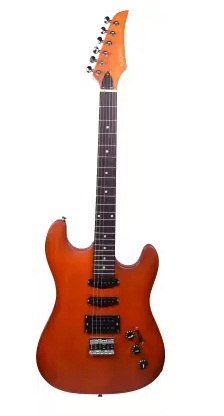 |
| 3 |
Acoustic Guitar |
The sound waves from the strings of an Acoustic guitar resonate through the instrument's body, amplifying the sound.
|
2,399 |
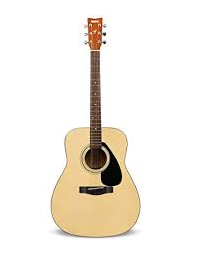 |
| 4 |
Piano |
The piano allows gradations of volume and tone according to how forcefully or softly a performer presses or strikes the keys.
|
13,500 |
 |
| 5 |
Ukulele |
Ukulele is a simple unpretentious instrument. On top of the joyful sounds it produces, it's also a practical instrument. It's portable, affordable.
|
4,890 |
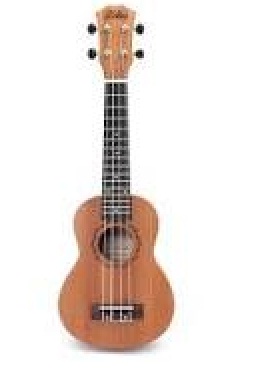 |
| 6 |
Cello |
The cello or violoncello is a bowed string instrument of the violin family. Its four strings are usually tuned in perfect fifths: from low to high, C₂, G₂, D₃ and A₃, an octave lower than the viola.
|
35,000 |
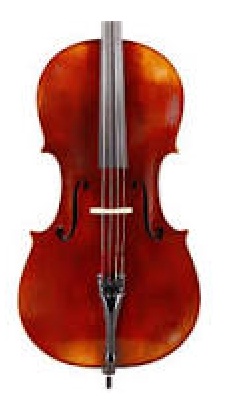 |
| 7 |
Accordion |
Accordions are a family of box-shaped musical instruments of the bellows-driven free-reed aerophone type, colloquially referred to as a squeezebox.
|
3,700 |
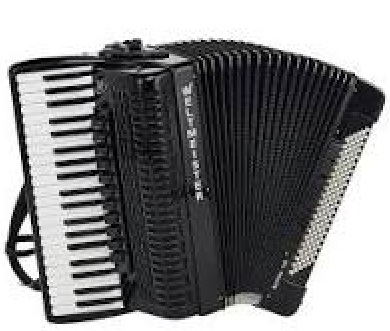 |
| 8 |
Electronic keyboard |
Electronic keyboards are capable of recreating a wide range of instrument sounds (piano, Hammond organ, pipe organ, violin, etc.) and synthesizer tones with less complex sound synthesis.
|
8,799 |
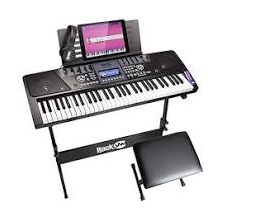 |
| 9 |
Synthesizer |
Synthesizers generate audio through methods including subtractive synthesis, additive synthesis, and frequency modulation synthesis.
|
6,990 |
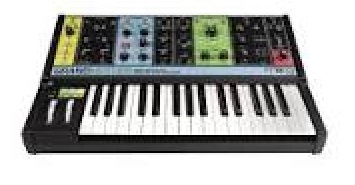 |
| 10 |
Harp |
The harp is a multi-stringed instrument that has a resonator that vibrates with the movement of strings, producing the sound of the notes.
|
32,809 |
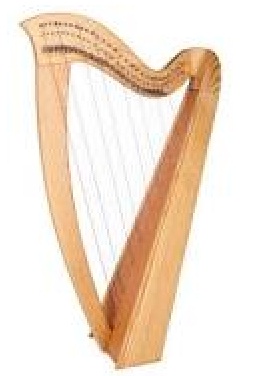 |
| 11 |
saxophone |
The saxophone is used in classical music (such as concert bands, chamber music, solo repertoire, and, occasionally, orchestras), military bands, marching bands, jazz (such as big bands and jazz combos), and contemporary music.
|
14,999 |
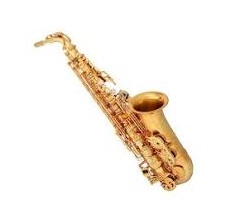 |
| 12 |
Trumpet |
The trumpet is a brass instrument commonly used in classical and jazz ensembles. The trumpet group ranges from the piccolo trumpet with the highest register in the brass family, to the bass trumpet, which is pitched one octave below the standard B♭ or C Trumpet.
|
5,499 |
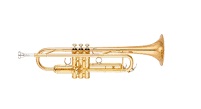 |
| 13 |
Clarinet |
The clarinet is traditionally used in classical music: orchestras, symphonic and concert bands, marching bands, chamber ensembles, etc. It is used as both an ensemble and solo instrument.
|
3,199 |
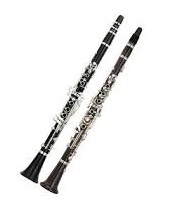 |
| 14 |
Oboe |
The oboe is a double-reed woodwind instrument. It is a long wooden tube that flares out at the end. To produce a sound, the oboist places the tip of the reed (made from a bamboo-like cane) between the lips and blows into the tiny hole.
|
38,920 |
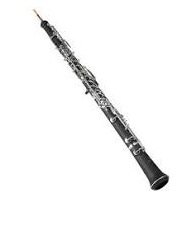 |
| 15 |
Trombone |
The trombone has a more assertive tone than the euphonium and can provide a brilliant contrast when used to provide a melody for the rest.
|
5,800 |
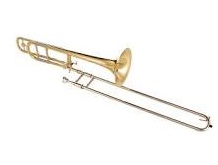 |
| 16 |
Bassoon |
The bassoon is known for its reedy sound. Its upper register is shrill and sometimes scary. Middle register could be used for lullabies because of its majestic and soothing tone. Its lower register is deep, dark, and could be used for scary movies and such.
|
2,12,000 |
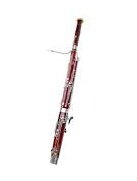 |
| 17 |
French horn |
The French horn design allowed for an easier transition from note to note, without having to switch instruments, which meant performers could keep a smooth and uninterrupted sound. It also allowed for players to have a wider range of tones, which created more complex and harmonic sound.
|
64,000 |
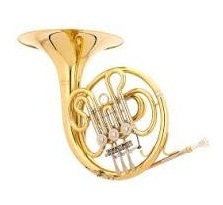 |
| 18 |
Tuba |
Tubas are used in marching bands, drum and bugle corps and in many jazz bands (see below). In British style brass bands, two E ♭ and two B ♭ tubas are used and are referred to as basses .
|
22,500 |
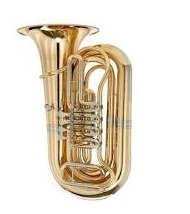 |
| 19 |
Harmonica |
The harmonica, also known as a French harp or mouth organ, is a free reed wind instrument used worldwide in many musical genres, notably in blues, American folk music, classical music, jazz, country, and rock.
|
590 |
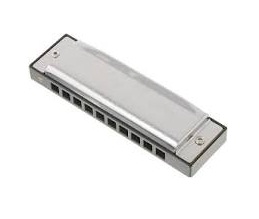 |
| 20 |
Xylophone |
The term xylophone may be used generally, to include all such instruments such as the marimba, balafon and even the semantron. However, in the orchestra, the term xylophone refers specifically to a chromatic instrument of somewhat higher pitch range and drier timbre than the marimba, and these two instruments should not be confused.
|
4,999 |
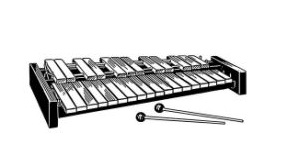 |
| 21 |
Flute |
The flute commonly used in orchestras, chamber music, wind ensembles/concert bands, military bands, and marching bands, see Western concert flute.
|
55,000 |
 |
| 22 |
Mandolin |
The flat-backed mandolin uses thin sheets of wood for the body, braced on the inside for strength in a similar manner to a guitar. Each style of instrument has its own sound quality and is associated with particular forms of music.
|
3,350 |
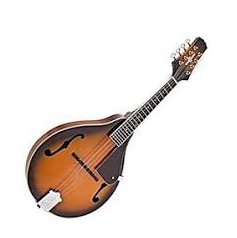 |
| 23 |
Theremin |
The Theremin uses the heterodyne principle to generate an audio signal. The instrument's pitch circuitry includes two radio frequency oscillators set below 500 kHz to minimize radio interference.
|
17,126 |
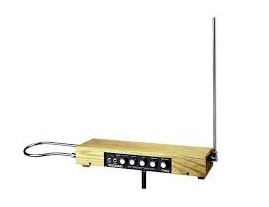 |
| 24 |
Banjo |
Banjo music is a genre of music that consists exclusively, or primarily of, the banjo.Banjo music can be played as a solo, or it can be played with a band. Banjo music can be played with all types of banjos (four, five, or six string).
|
19,036 |
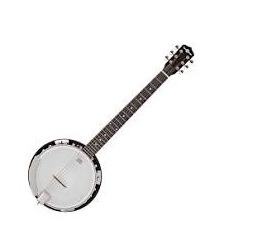 |
| 25 |
Drum |
Drums may be played individually, with the player using a single drum, and some drums such as the djembe are almost always played in this way. Others are normally played in a set of two or more, all played by the one player, such as bongo drums and timpani. A number of different drums together with cymbals form the basic modern drum kit.
|
32,000 |
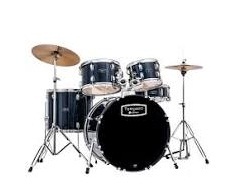 |
| 26 |
Digital piano |
A digital piano is a type of electronic keyboard instrument designed to serve primarily as an alternative to the traditional acoustic piano, both in the way it feels to play and in the sound produced.
|
67,052 |
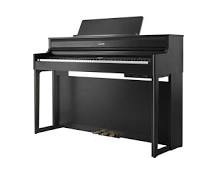 |
| 27 |
Lute |
The lute is used in a great variety of instrumental music from the Medieval to the late Baroque eras and was the most important instrument for secular music in the Renaissance. During the Baroque music era, the lute was used as one of the instruments which played the basso continuo accompaniment parts.
|
60,000 |
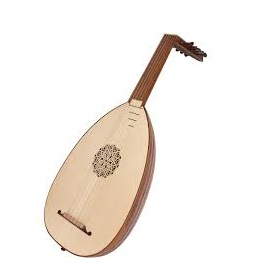 |
| 28 |
Ocarina |
Ocarina-type instruments have been of particular importance in Chinese and Mesoamerican cultures. For the Chinese, the instrument played an important role in their long history of song and dance.
|
4,630 |
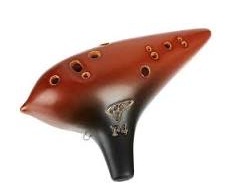 |
| 29 |
Bagpipes |
Across Europe bagpipes have been in continuous use for centuries, especially in Great Britain, Ireland, and north-western Spain. In Bulgaria, the instrument is called a Gaida. The Great Highland bagpipes have been played as a martial instrument at least since the 16th century.
|
7,100 |
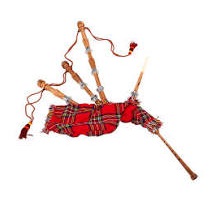 |
| 30 |
Tambourine |
Tambourines are often used with regular percussion sets. They can be mounted, for example on a stand as part of a drum kit (and played with drum sticks), or they can be held in the hand and played by tapping or hitting the instrument.
|
750 |
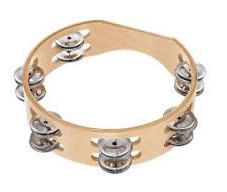 |
| 31 |
Didgeridoo |
The didgeridoo was mainly played for ceremonial dancing and singing. It was also common for didgeridoos to be played for entertainment outside of ceremonial life. In northern Australia, the didgeridoo is still a very important as it plays for singers and dancers in surviving cultural ceremonies.
|
17,519 |
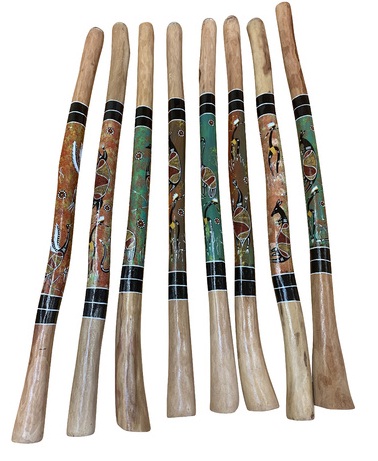 |
| 32 |
Organ |
In music, the organ is a keyboard instrument of one or more pipe divisions or other means for producing tones, each played with its own keyboard, played either with the hands on a keyboard or with the feet using pedals.
|
12,084 |
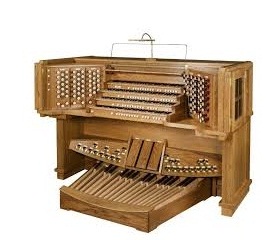 |
| 33 |
Lyre |
The lyre (Greek: λύρα, lýra) is a string instrument known for its use in Greek classical antiquity and later periods. The lyre is similar in appearance to a small harp but with distinct differences. ... In Ancient Greece, recitations of lyric poetry were accompanied by lyre playing.
|
800 |
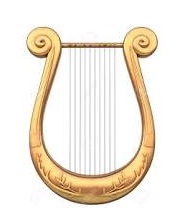 |
| 34 |
Classical Guitar |
The classical guitar (also known as the classic guitar, nylon-string guitar or Spanish guitar) is a member of the guitar family used in classical music. An acoustic wooden string instrument with strings made of gut or nylon, it is a precursor of the modern acoustic and electric guitars, both of which use metal strings.
|
2,300 |
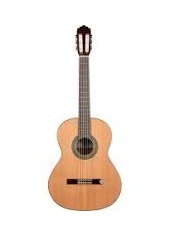 |
| 35 |
Harpsichord |
Some harpsichords may have a lute stop, which simulates the sound of a plucked lute. ... The harpsichord was widely used in Renaissance and Baroque music, both as an accompaniment instrument and as a soloing instrument.
|
1,60,000 |
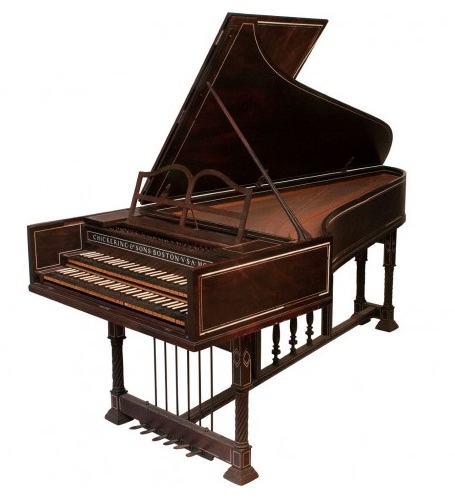 |
| 36 |
Electronic Drum |
While electronic drum kits are typically used to trigger drum and percussion sounds, a MIDI-equipped electronic drum kit can be used to trigger any types of MIDI sounds, such as synthesized or sampled piano, guitar, or any other instrument or sound. |
23,000 |
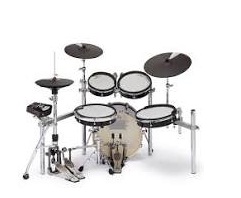 |
| 37 |
Marimba |
The marimba is a percussion instrument consisting of a set of wooden bars struck with yarn or rubber mallets to produce musical tones. Resonators or pipes suspended underneath the bars amplify their sound. |
2,68,000 |
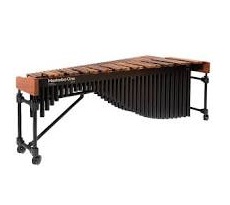 |
| 38 |
Cajon |
A cajón (Spanish: [kaˈxon]; "box", "crate" or "drawer") is a box-shaped percussion instrument originally from Peru, played by slapping the front or rear faces (generally thin plywood) with the hands, fingers, or sometimes implements such as brushes, mallets, or sticks.
|
5,800 |
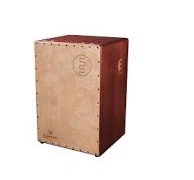 |
| 39 |
Snare Drum |
Snare drums are often used in orchestras, concert bands, marching bands, parades, drumlines, drum corps, and more. It is one of the central pieces in a drum set, a collection of percussion instruments designed to be played by a seated drummer and used in many genres of music.
|
13,755 |
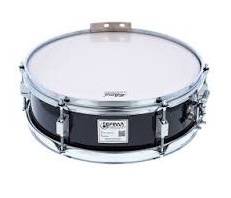 |
| 40 |
Bongo Drum |
Played with the hands and fingers, the drums are yoked together to help the performer execute lively rhythmic dialogues. Bongo drums were created about 1900 in Cuba for Latin American dance bands. Other Cuban folk drums are also called bongos.
|
3,500 |
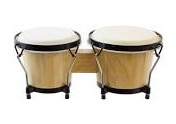 |
| 41 |
Bass guitar |
A bass guitar is a plucked string instrument built in the style of an electric guitar but producing lower frequencies. It produces sound when its metal bass strings vibrate over one or more magnetic pickups (although non-magnetic pickups are occasionally used as well).
|
10,299 |
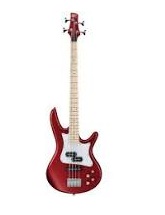 |
| 42 |
Viola |
The viola often plays the "inner voices" in string quartets and symphonic writing, and it is more likely than the first violin to play accompaniment parts. The viola occasionally plays a major, soloistic role in orchestral music.
|
5,000 |
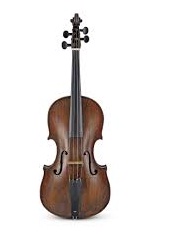 |
| 43 |
Double bass |
Double bass is a widely used name for a large stringed instrument. Other terms, perhaps more correct, include contrabass and upright bass. It is used in orchestras, jazz bands, rockabilly bands, bluegrass music, and some country music bands. It plays low-pitched musical notes in musical ensembles and bands.
|
11,000 |
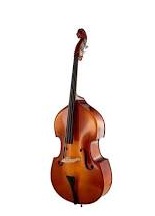 |
| 44 |
Oud |
The oud is a short-neck lute-type, pear-shaped stringed instrument (a chordophone in the Hornbostel-Sachs classification of instruments) with 11 or 13 strings grouped in 5 or 6 courses. The oud is very similar to modern lutes, and also to Western lutes.
|
38,521 |
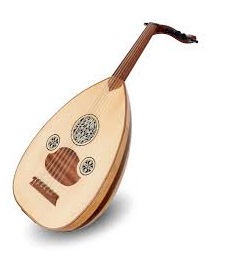 |
| 45 |
Bell |
Some bells are used as musical instruments, such as carillons, (clock) chimes, agogô, or ensembles of bell-players, called bell choirs, using hand-held bells of varying tones. A "ring of bells" is a set of four to twelve or more bells used in change ringing, a particular method of ringing bells in patterns.
|
5,000 |
 |
| 46 |
Melodica |
The melodica is a free-reed instrument similar to the pump organ and harmonica. It has a musical keyboard on top, and is played by blowing air through a mouthpiece that fits into a hole in the side of the instrument. Pressing a key opens a hole, allowing air to flow through a reed.
|
3,407 |
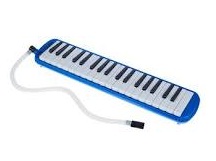 |
| 47 |
Sitar |
The sitar flourished in the 16th and 17th centuries and arrived at its present form in the 18th century. Today it is the dominant instrument in Hindustani music; it is used as a solo instrument with tambura (drone-lute) and tabla (drums) and in ensembles, as well as for northern Indian kathak (dance-dramas).
|
17,000 |
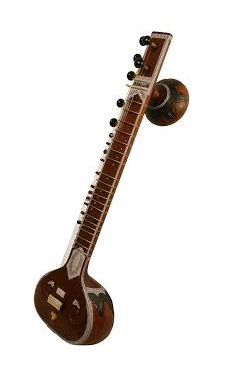 |
|